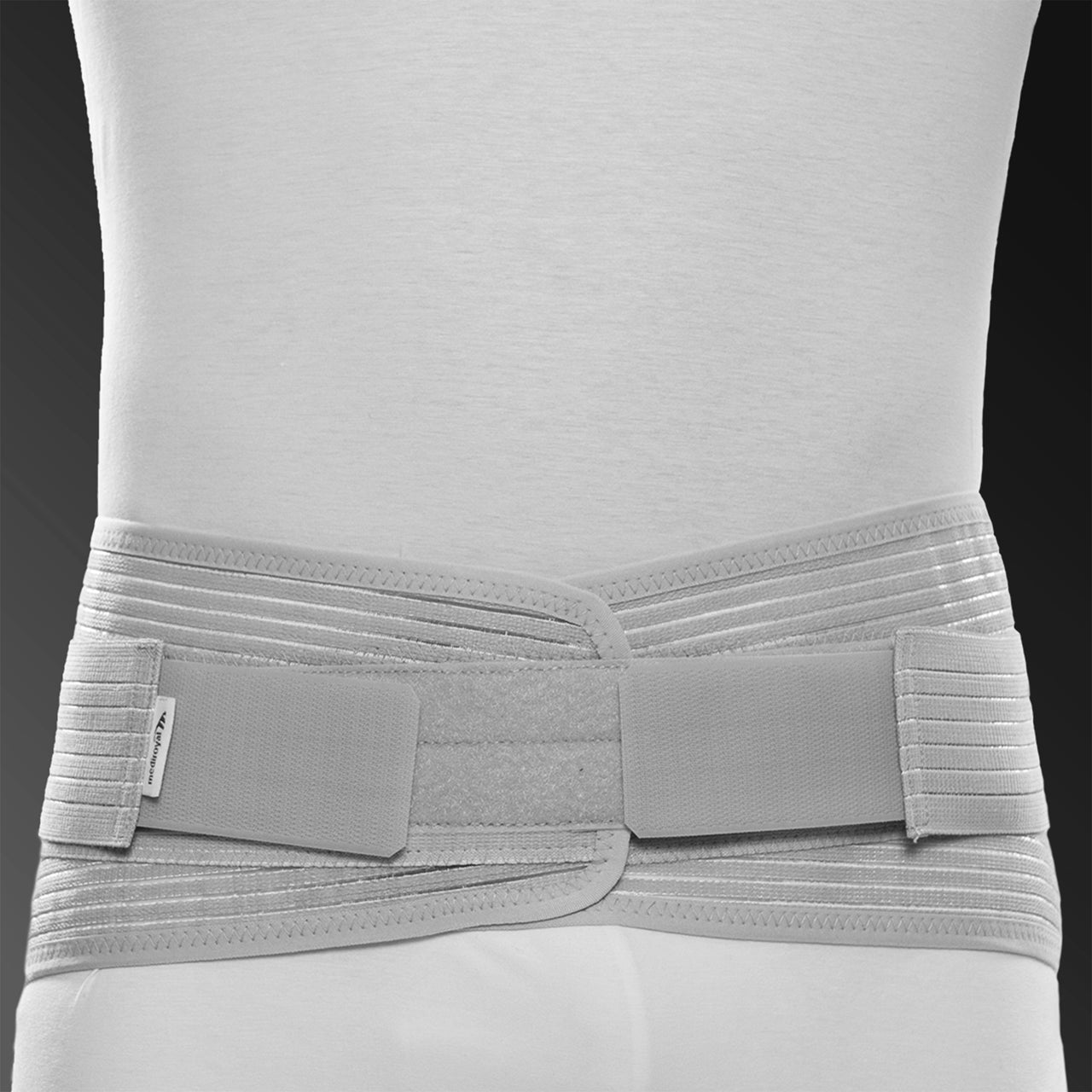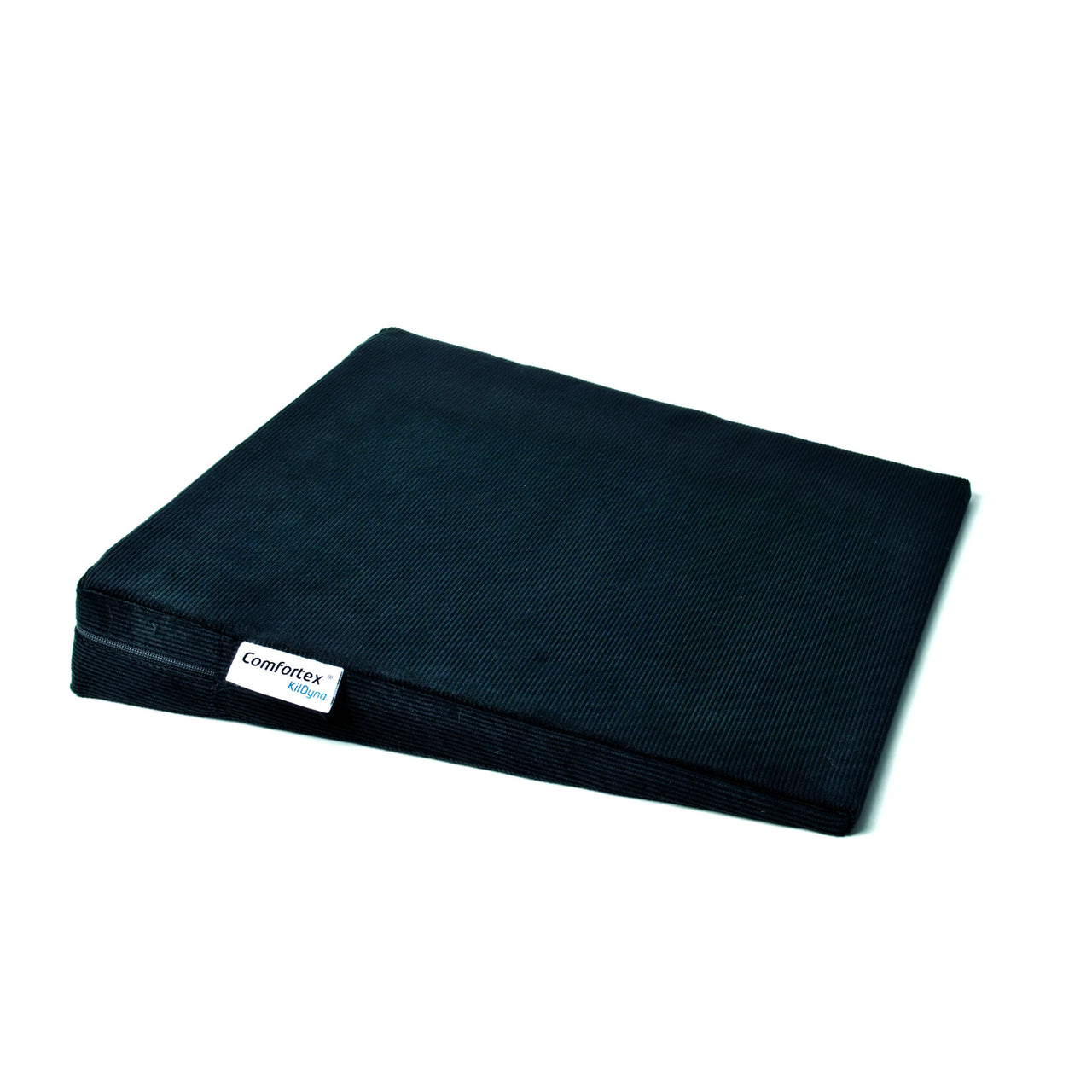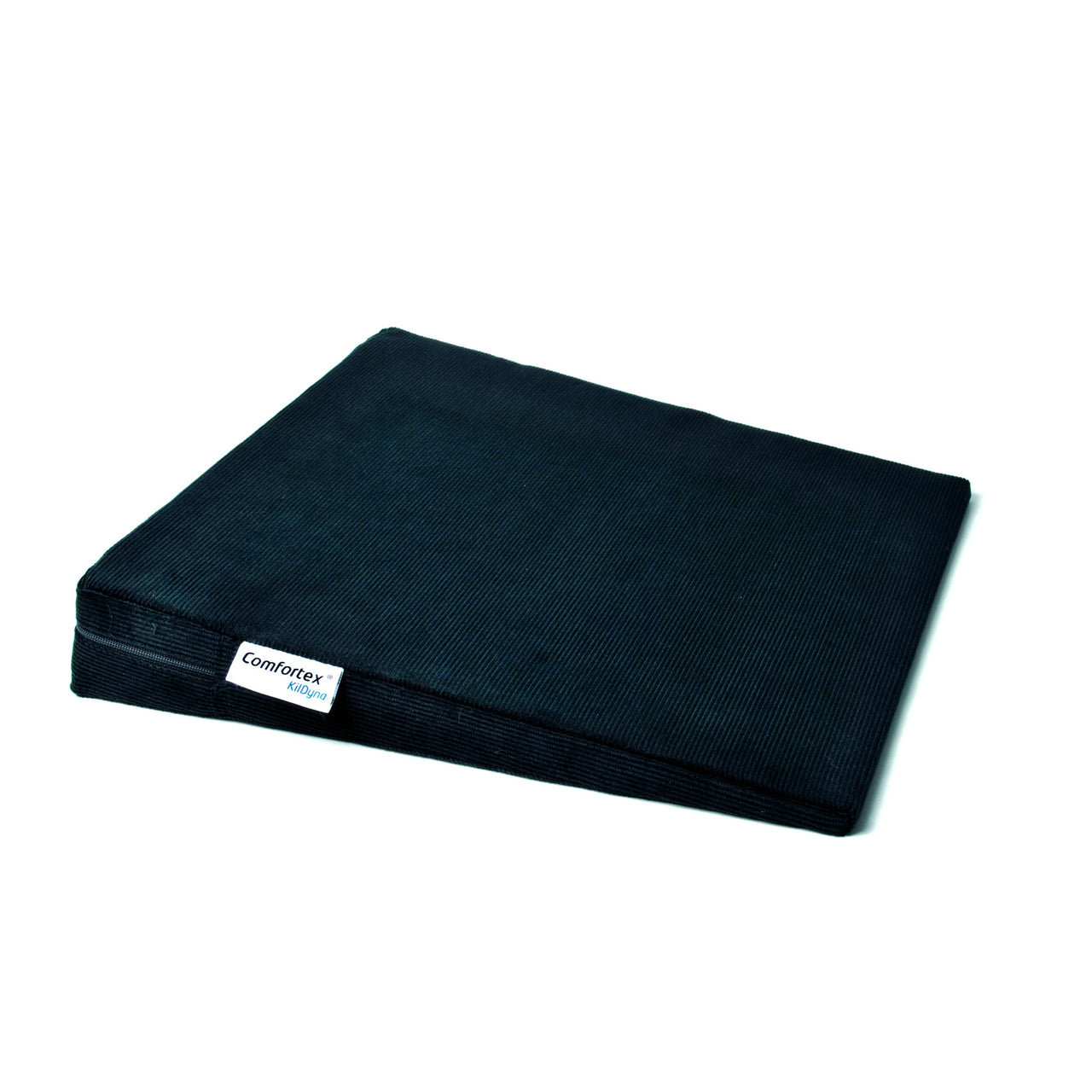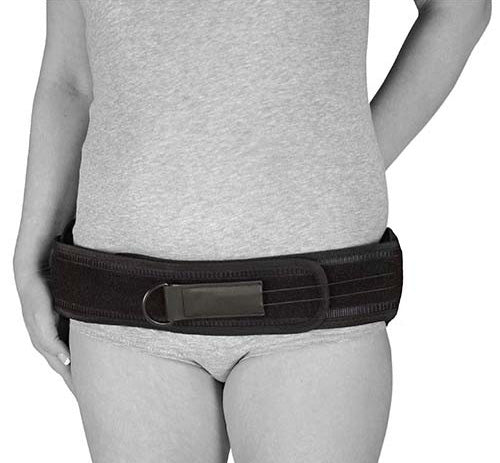Pelvic pain – causes, symptoms and support for the pelvic joint
Up to half of all pregnant women experience pelvic pain, often called pelvic girdle pain. The discomfort is caused by the pelvic joints softening in preparation for childbirth. The pain can be dull or sharp and affect everyday life, but the right support can make a big difference.
What is pelvic pain?
Pelvic pain during pregnancy is caused by hormones making the pelvic joints more mobile in preparation for childbirth. This does not mean that the joints “loosen up”, but that their stability decreases, which leads to pain. The problems can begin as early as week 18 but are most common after week 28.
Common causes & risk factors
All pregnant women can be affected regardless of their fitness level. The pain can vary over time and is often worsened by strenuous activities. Common triggers include walking up stairs, lifting heavy objects, and standing or walking for long periods of time. The pain is often located in the lower back, hips or pubic bone and can worsen as the pregnancy progresses.
Symptoms
- Aching or shooting pain in the lower back, hips, or above the pubic bone
- Difficulty walking longer distances
- Stiffness and pain when climbing stairs
- Limited mobility in more severe problems
When should you seek medical attention?
In case of severe pain that severely limits everyday life, or if you experience new symptoms that are not typical of pregnancy-related pelvic pain, you should contact a midwife or doctor for assessment.
Recommended protection & support
To alleviate the discomfort, a stabilising hip belt (pelvic belt) can provide external fixation and stability over the hip area, while adjustable pelvic belts make it possible to adapt the support to the different phases of pregnancy. Shock-absorbing shoes reduce the load when walking, and ergonomic choices in everyday life – such as choosing the elevator over the stairs – can also contribute to better relief and reduce pain. See all our products for the back, lower back and pelvis here.
About our Injury Guide – quick guidance in case of complaints
In our Injury Guide, you will receive clear and easy-to-understand information about common injuries, how they occur and what symptoms usually occur. You will also receive recommendations on which protection and aids can relieve your discomfort and help you further in your rehabilitation. All information is based on expert knowledge from our licensed physiotherapist.
For more information about the back and lower back, you can read more in the Back Injury Guide. You can also go to the Injury Guide's main page to read about other injuries and symptoms.
Related injuries:
Find the right protection for your needs
There are several ways to find the right product on our website. For a more personalised selection, you can use our filters and sort by injury, body part or sport. You can also get help from our AI assistant Eir, who is trained on all the content on our website and can help you with product recommendations, fit questions and order-related concerns – 24/7. If you would rather speak directly to our licensed physiotherapist, Ida, you can reach her via email or phone for personal advice and support in your product selection.




